the different dishes of Korean cooking
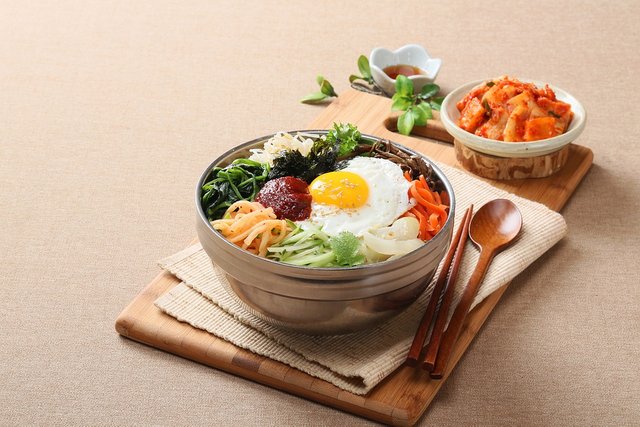
"Korean dishes are classified into three categories: basic dishes, side dishes and desserts. Want to know more about varieties of Korean dishes and its various seasonings? "
In Korean cuisine, dishes are generally divided into three categories: basic dishes, side dishes and desserts.
The basic dishes are usually Bap (cooked rice), Juk (porridge) or Guksu (noodles). Among the accompanying dishes are Guk (broth), Jjigae (stew), Jeongol (cassolette), Bokkeum (sauteed dishes), Jjim (braised dishes), Jeon ), Saengchae (raw vegetables), Namul (seasoned vegetables), Jorim and Cho (dishes cooked with a small fire), Junyueo (fried fish), Gu-I (grilled meat), Jeok sliced on a skewer), Hwe (raw fish), Ssam (food coiled in green vegetables), Pyunyuk (boiled meat slices), Jokpyeon (cowfoot jelly), Twigak Boogak (another type of fried kelp), Po (thin slices of fish or meat), Jangajji (vegetables marinated in soy sauce), Kimchi and Jutgal (seasoned fish and seafood). And finally in desserts one can distinguish the Tteok (rice cakes), Gwaja (biscuits), Saengwa (fresh fruit), Cha (tea), and other drinks.
 Bibimbap (Rice)- :
Bibimbap (Rice)- :
The Bap, staple of Korean cuisine, usually consists of steamed rice. You can also add other grains. There are different kinds of baps, following the ingredients, like the huinbap (rice), japgokbap (rice, barley, millet and beans), the byeolmibap (rice with vegetables, seafood and meat) and the bibimbap (rice mixed with the namuls and to the( beef meat).
 Juk (Boiled):
Juk (Boiled):
When someone is sick or did a surgery to his stomach, cooked to improve digestion and also to wean babies. There are a lot of different juk. This recipe is quite old and used for a long time with the family.
This recipe soon seem simple but we must take the time to cook the rice to simmer for not not it sticks or not burn 🙂
For the seasoning, there is no need to add because this recipe is more to cure or even for dieting.
The Juk is one of the oldest Korean dishes. It consists of cereals long simmered in 5 to 7 times their volume of water. There is a wide variety of juks, depending on the ingredients used. The Juk can be served as a main dish but can also be part of a special menu.
 Guksu(Noodles) :
Guksu(Noodles) :
Korean noodles are made by kneading wheat flour or buckwheat to obtain a dough of which long rolls are made. The consumption of noodles has led to the spread of the use of chopsticks in Korea.
The Guksu can be classified into three different categories: Onmyun (warm noodles) served in hot soup, Naengmyeon (cold noodles) served in Dongchimi juice (kimchi radish juice), and Bibim guksu (noodles in spicy sauce) as they are, without being soaked in a soup.
The Guksujang guk, which is part of the Onmyun category, was previously made from pheasant soup, but is now replaced by beef bone soup or beef breast. The Kalguksu are made of chicken soup.
The Naengmyeon paste is made of a mixture of buckwheat powder and flour or starch and later pressed by a pasta machine. For the Kalguksu, a dough prepared with flour or buckwheat powder is finely spread out to be cut with a knife. In summer, the Kong guksu, a mixture of flour noodles and bean soup that is cold, are also very popular with Koreans.
 Mandu, Tteokguk(Ravioli Soup and Rice Paste Soup) :
Mandu, Tteokguk(Ravioli Soup and Rice Paste Soup) :
There is a wide variety of Mandu (Korean ravioli), which are distinguished according to the ingredients used for dough and stuffing. The dough is usually made of flour but there are also Mandu originals such as the Maemil Mandu whose dough is made from buckwheat base. Among the traditional Mandu from the recipes of the kitchens of the ancient royal palaces are the Byungsi, Mandu filled with paté, without fold, and in the shape of a half-moon, and the Gyuasang, shaped like sea cucumber.
The Pyeonsu is a rectangular Mandu with pumpkin, inches of beans, and beef. In the northern parts of Korea, as in Pyeongan Province, for example, the Mandu are made of a circular paste held by folds before being stuffed with Kimchi, pork, and tofu. These Mandu are eaten prepared in a hot broth.
It is traditional in Korea to spend the Lunar New Year in family and to offer Tteokguk to the ancestors during the traditional ritual performed every year on this occasion. Once the offering is finished, the dish is consumed by the whole family on New Year's morning. The Garaetteok which is used for the Tteokguk, the long rice pasta made of non-glutinous rice, cut into thin pieces of oval shapes and cooked in a broth of meat. The Mandu are popular especially in the northern part of Korea, and the Tteokguk in the south.
 Jorim (Stewed dish :
Jorim (Stewed dish :
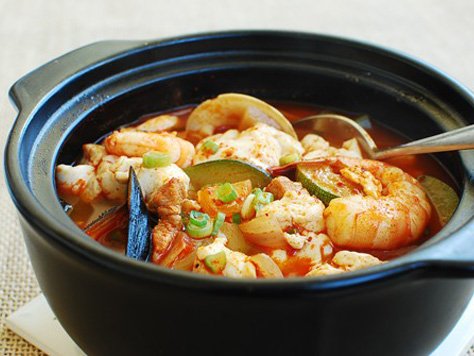
Jorim is a method of cooking meat, seafood or vegetables that is braised with soy sauce or chilli paste over a low heat. The ingredients are cooked slowly to allow the flavor to soak well. It is enhanced with seasoned seasonings and can be kept for a long time.
 Pyeonyuk :
Pyeonyuk :
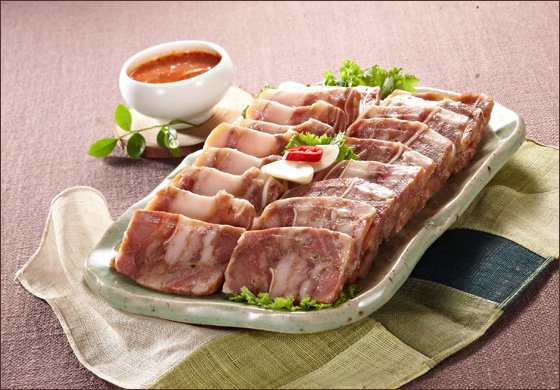
Pyeonyuk is a dish of pressed beef or pork and sliced. The Jokpyeon is a dish with head and beef feet long simmered, then solidified and sliced.
 Beoseot Jeongo:
Beoseot Jeongo:
In Korea, Beoseot Jeongol is often eaten in winter. There are several styles of Jeongol (broth), Dubu Jeongol, Saengseon Jeongol, Mandou Jeongol, Bulgogi Jeongol..
 Kimchi:
Kimchi:
Kimchi is the most basic dish among conservative fermented pickled vegetable dishes. The lactobacillus created during the fermentation gives a unique sour taste to the Kimchi, and the spicy sensation created by the pepper stimulates the appetite and facilitates digestion.
In addition to vegetables, adding salty fish juice in the Kimchi can enhance its taste and allow nutrition in animal protein. In winter, the Gimjang Kimchi (Kimchi for the winter season) is kept for a long time. However, during other seasons, seasonal vegetables can be used in the making of Kimchi and, in this case, it is not kept for a long time.
 Saengchae (salad fresh) ):
Saengchae (salad fresh) ):
Saengchae is a fresh seasonal salad seasoned with vinegar, soy sauce, chilli paste or mustard. Its taste is both sour and sweet. This recipe has the advantage of preserving the flavor and nutritional qualities of the ingredients.
 gyeongdan:
gyeongdan:
"Gyeongdan" are stuffed rice balls, of course with sweet bean pulp. ^ _ ^ Rice balls can also be prepared with green tea powder or bean powder, so they become colored. After the rice balls have been filled (remember that you can fill these with other goodies instead of the red bean paste), they will have to boil.
Afterwards, they will be put in cold water to cool and sprinkle with the powders mentioned earlier. If you put them nicely in the boxes, they make the perfect gift.
source : http://www.trifood.com/food.asp


If you like my post just upvote and follow me , thank you for your reading , I love you ♥ , by @aek081969



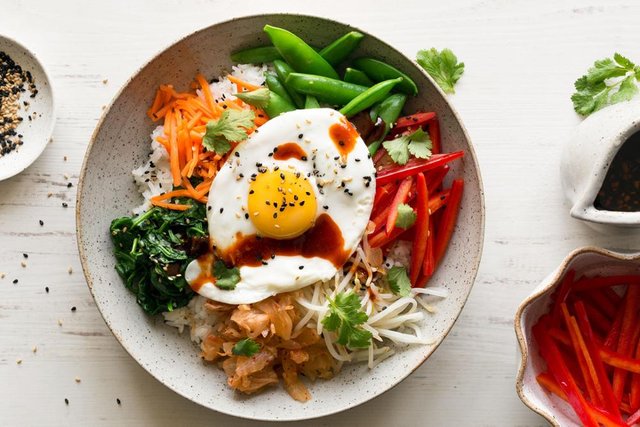
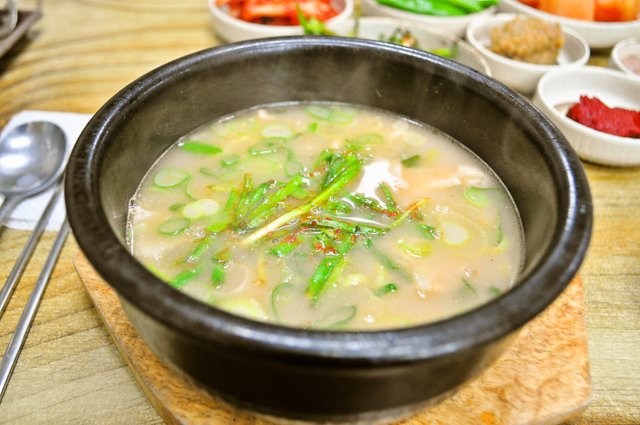

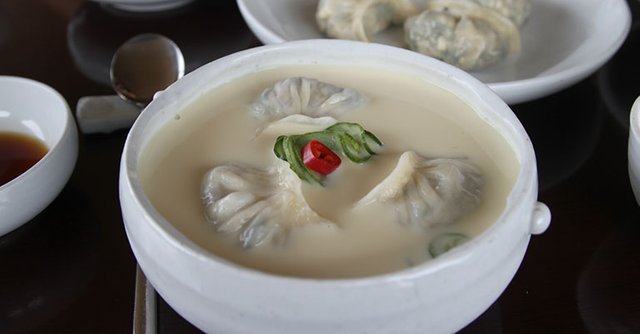
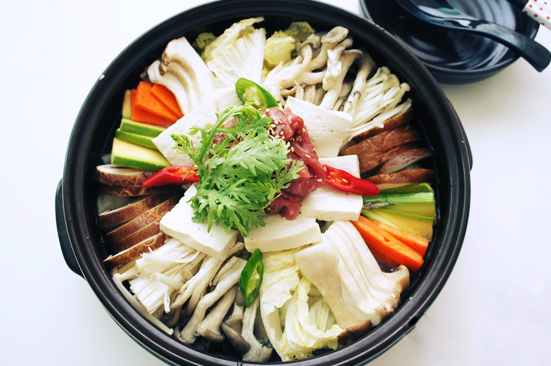
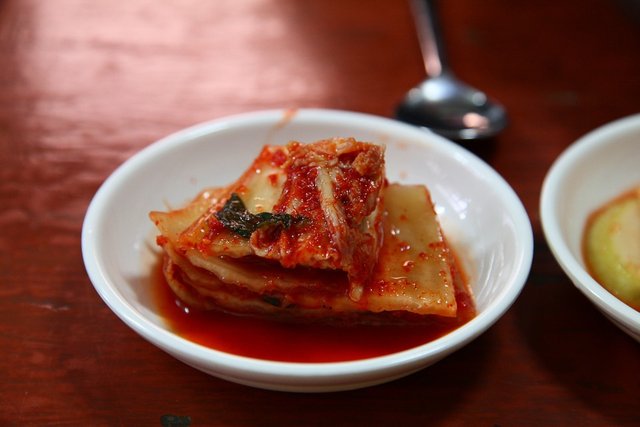
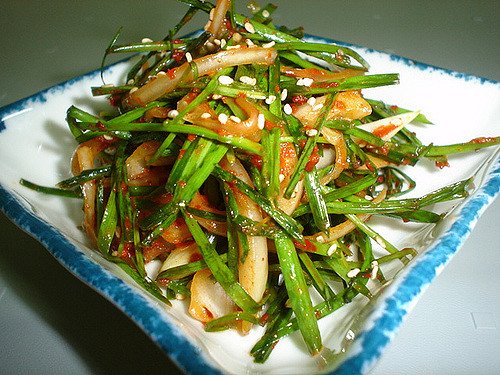
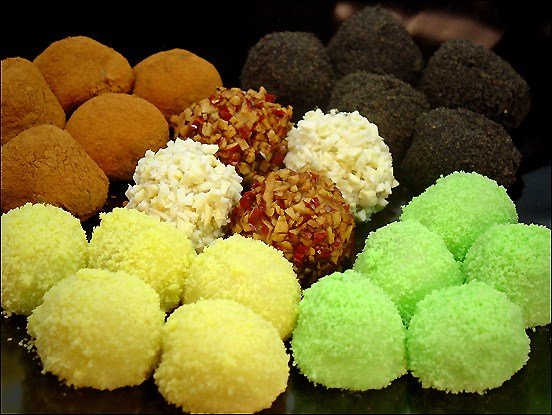
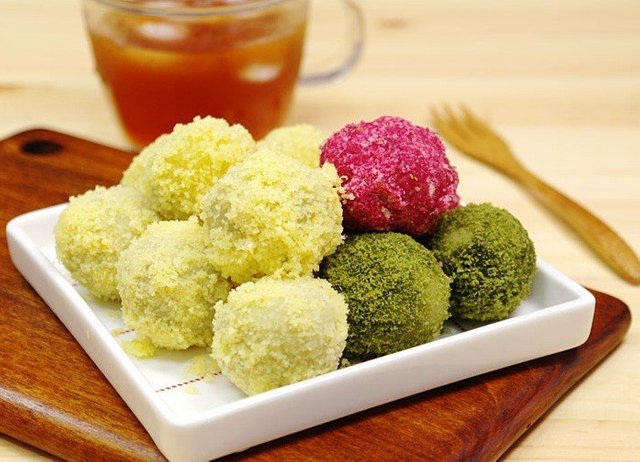
Woff, woff!
Hello @aek081969, Nice to meet you!
I'm a guide dog living in KR community. I can see that you want to contribute to KR community and communicate with other Korean Steemians. I really appreciate it and I'd be more than happy to help.
KR tag is used mainly by Koreans, but we give warm welcome to anyone who wish to use it. I'm here to give you some advice so that your post can be viewed by many more Koreans. I'm a guide dog after all and that's what I do!
Tips:
Unfortunately, Google Translate is terrible at translating English into Korean. You may think you wrote in perfect Korean, but what KR Steemians read is gibberish. Sorry, even Koreans can't understand your post written in Google-Translated Korean.
I sincerely hope that you enjoy Steemit without getting downvotes. Because Steemit is a wonderful place. See? Korean Steemians are kind enough to raise a guide dog(that's me) to help you!
Woff, woff! 🐶
yummy
@eileenbeach has voted on behalf of @minnowpond. If you would like to recieve upvotes from minnowponds team on all your posts, simply FOLLOW @minnowpond.
This post has received a 1.25 % upvote from @drotto thanks to: @aek081969.
very nice sir
thank you for the comment, but there is no upvote aser1111 !!
전혀이해가안돼!
Congratulations! This post has been upvoted from the communal account, @minnowsupport, by aekkouba from the Minnow Support Project. It's a witness project run by aggroed, ausbitbank, teamsteem, theprophet0, someguy123, neoxian, followbtcnews/crimsonclad, and netuoso. The goal is to help Steemit grow by supporting Minnows and creating a social network. Please find us in the Peace, Abundance, and Liberty Network (PALnet) Discord Channel. It's a completely public and open space to all members of the Steemit community who voluntarily choose to be there.